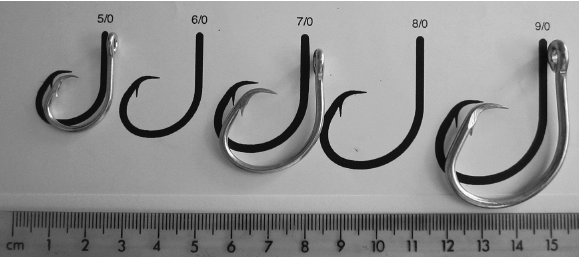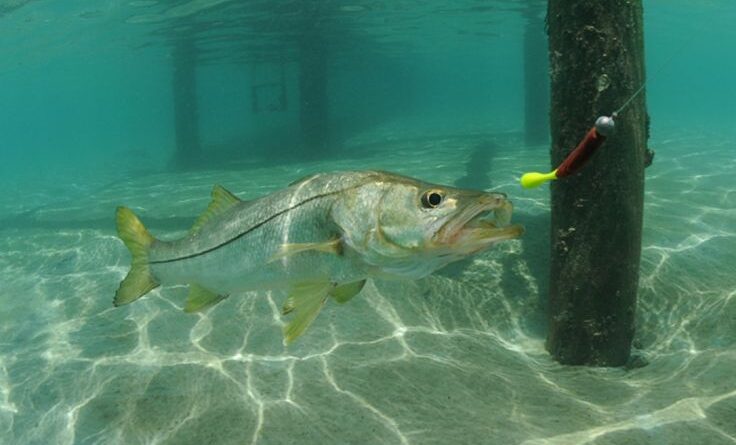Fishing is not just a sport; it’s an art form that requires patience, skill, and the right equipment. Among the essential components of any angler’s toolkit, the hook plays a pivotal role. Choosing the right hook size is crucial for a successful fishing expedition, and that’s where a hook size chart becomes indispensable. In this guide, we’ll delve into the intricacies of hook sizes, their types, and why understanding the chart is essential for any angler.

Understanding the Basics: What is a Hook Size Chart?
A hook size chart is a visual representation that categorizes fishing hooks based on their sizes. The sizes are typically denoted by numbers, with lower numbers representing larger hooks and higher numbers indicating smaller hooks. The chart serves as a universal reference, ensuring consistency across different hook manufacturers.
The Anatomy of a Hook Size Chart
- Numbering System: The numbers on a hook size chart may range from 1 to 20 or even larger. As a general rule, the smaller the number, the larger the hook.
- Size Variations: Different regions and countries may have slightly varied hook size charts. It’s crucial to be aware of these differences, especially when fishing in diverse locations.
- Standardization: While there is a degree of standardization, individual manufacturers may have their own sizing conventions. Checking a specific brand’s chart can help in choosing the right hook.
Decoding Hook Sizes: Why It Matters
1. Matching the Bait
Selecting the right hook size is akin to finding the perfect partner for your bait. Using a hook that complements the size and type of bait increases the chances of enticing the desired fish.
2. Targeting Specific Fish Species
Different fish species have varying mouth sizes, and using an appropriately sized hook can make all the difference. A hook that is too large might deter smaller fish, while a tiny hook may not be effective for larger species.
3. Balancing Strength and Stealth
The thickness of the hook wire also plays a role in its effectiveness. Thicker wires offer more strength, ideal for larger fish, while thinner wires provide a stealthier approach, suitable for more elusive species.
4. Considering Fishing Conditions
Factors such as water clarity, weather, and the type of fishing (freshwater or saltwater) should influence your choice of hook size. Adapting to the conditions ensures a more successful and enjoyable fishing experience.
Navigating the Chart: Practical Tips for Anglers
- Research Local Charts: If you frequent a specific fishing spot, familiarize yourself with the local hook size chart. This can give you a competitive edge and increase your chances of a good catch.
- Experiment with Sizes: Don’t hesitate to experiment with different hook sizes based on your target species and fishing conditions. Keep a record of what works best for future reference.
- Consider the Fishing Technique: The type of fishing technique you employ also influences the ideal hook size. Whether you’re using live bait, lures, or flies, ensure your hook complements your chosen method.
- Inspect Hook Quality: A good hook isn’t just about size; it’s also about quality. Check for sharpness, durability, and corrosion resistance when selecting your hooks.
FAQs
What Hook Size Is Suitable For Small Panfish?
Selecting the right hook for small panfish requires precision. Explore our recommendations for the perfect hook size to maximize your pan fishing success.
Can I Use The Same Hook Size For Different Types Of Bait?
Uncover the versatility of certain hook sizes and their compatibility with various bait types. Enhance your adaptability on the water with our expert insights.
Are Larger Hook Sizes Better For Big Game Fishing?
Explore the correlation between hook size and big game fishing success. Our guide breaks down the advantages and considerations for larger hook sizes in pursuit of trophy catches.
How Does Water Clarity Impact Hook Size Selection?
Dive into the nuances of water clarity and its influence on hook size. Understand how environmental factors play a role in determining the optimal hook size for different conditions.
Is There An Ideal Hook Size For Catch-And-Release Fishing?
Discover the ethical considerations of catch-and-release fishing and the hook sizes that minimize harm to the fish. Learn how to responsibly enjoy the sport while preserving aquatic ecosystems.
Can I Use A Smaller Hook For Larger Fish?
Challenge conventional wisdom and explore the circumstances under which using a smaller hook for larger fish can be effective. Our insights shed light on unconventional angling strategies.
Conclusion:
In the vast world of fishing, understanding the nuances of hook sizes is akin to unlocking a treasure trove of possibilities. Whether you’re a novice angler or a seasoned pro, investing time in learning and mastering the hook size chart will undoubtedly enhance your fishing experience.
As you embark on your next fishing adventure, armed with the knowledge of hook sizes, remember the importance of precision and adaptability.







1 Comment
Comments are closed.